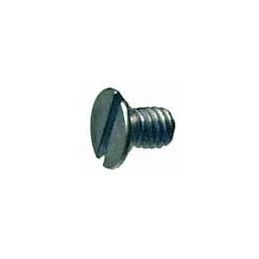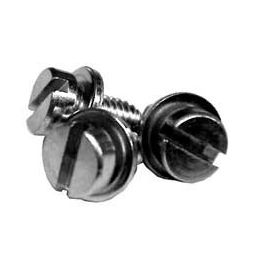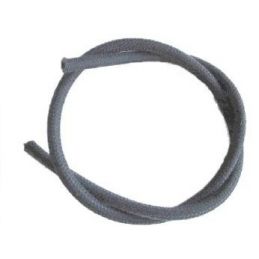Points vs Electronic Ignition.

Trying to decide between points or an electronic ignition? Let’s go look at both. I will start by saying I prefer the electronic, but let’s look at points first. Points are basic, and that inherently is their advantage. No ohm tester needed, just put them in and they work. How do you set points? I’m sure most of you reading this already know, but let’s go through it anyway. It’s really handy if you have a distributor screwdriver (a screwdriver that will hold a little screw on the end of it). Install your points making sure the base plate is sitting down flat. Most points have a little divet that sticks down past the base plate that needs to go in a hole in the distributor or the points will be off- not good. Once the screw is started just barely snug it. Make sure the rub block is touching or is close to the lobes of the distributor shaft. Now turn the engine over by hand until the rub block is on the highest part of one of the lobes. It doesn’t matter which one. With your screwdriver you will see a notch in the base plate of the points and area of the distributor that has a tit sticking up. Take your screwdriver and put it in between that. By rotating your screw driver you can open or close the points. If it doesn't open or close easy then loosen the screw a tad. With your .016 feeler gauge open the points so you can just slide the gauge through without lifting the rubbing block off the lobe. Once you have it set, tighten the screw and recheck. Do not crank down on the screw, snug is fine. Now hook the wire up to the condenser and you're good to go. If your replacing the condensers, make sure you hook it up to the negative side of the coil. If you hook it to the positive side you will have a point melt down the minute you hit the key.
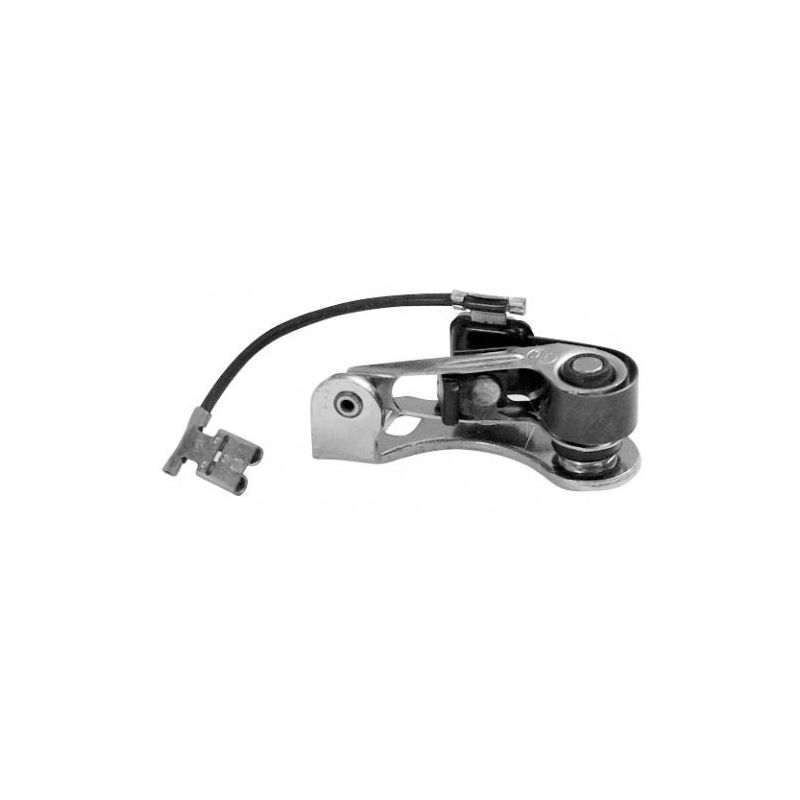
The downside of points? They wear out. I remember when points would last a year or more, but that’s not the case anymore. Not even the Bosch ones last that long it seems. It’s a damn good idea to carry a spare set with you.
Now let’s look at electronic. There are tons of different brands and set ups. I am going to cover the basic one that fits the stock style distributors.
Bang for the buck, electronic is a great way to go. A big advantage here is that they usually last a really long time. I have had mine in my car for 13+ years. The timing never changes due to points closing up. Just install and for most part you’re done. If you follow the instructions on how to put them in it’s really easy. One problem I see here is paying attention to how the wires come out of the distributor. Make sure no internal parts that spin in the distributor are going to rub a hole in the wires. Ok now the biggy, make sure you read what wire goes where on the coil. Most of the time the red goes to the positive and the black to the negative. Make sure the black wire coming from your car’s ignition switch is on the positive side. If you hook this up wrong in any way there is a really good chance you’ll fry it the minute your turn the key on. Therein lies one of the disadvantages. I would tell you to carry a spare, but damn an $80 spare? Just carry a set of points and condenser in your glove box as a spare. The second disadvantage to electronic ignition is if you leave the key on for any reason without starting the car you can cook it. Example: I was checking my turn signal lights and now my car wont start. Yeah, you cooked it buddy. If you're going to be checking anything electrical with the key on make damn sure you disconnect the black wire that comes from the ignition switch to the positive side of the coil. Make sure it won't touch metal and then you can turn the key on and do what you want.
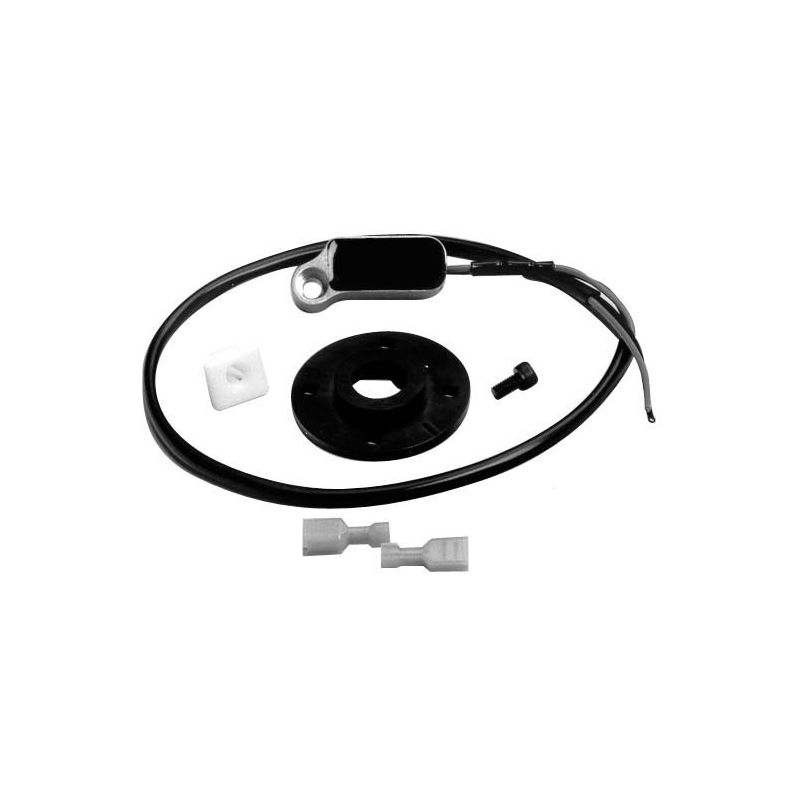

For some quick testing, this trick works on both points and electronic. Grab a test light. If you don’t have one get one and keep it in your car. Hook the clip to a ground and put the probe to the positive side of the coil. Have Larry turn the key on. Does the test light light up? If not, your problem is getting power to the coil and more then likely your distributor parts are fine. If yes, move to the next step. Place the probe on the negative side of the coil. Have Larry try and start the engine. Does the light come on and stay on? If it does, the points might not opening and a reset or new points are in order. If you have electronic then it’s cooked. Does the light not come on? This could be coil, or the points are broken off or for some weird reason they opened up. If you electronic then again, it’s cooked. If the light flashes as the motor is turning over then everything is working fine and you should be looking for problems elsewhere.
So there you have it. I prefer electronic to points as they tend to be less maintenance. With that said, I will still keep a set of points and condenser with me, just in case I am out on the road and have a problem I don’t have to call a tow truck.

